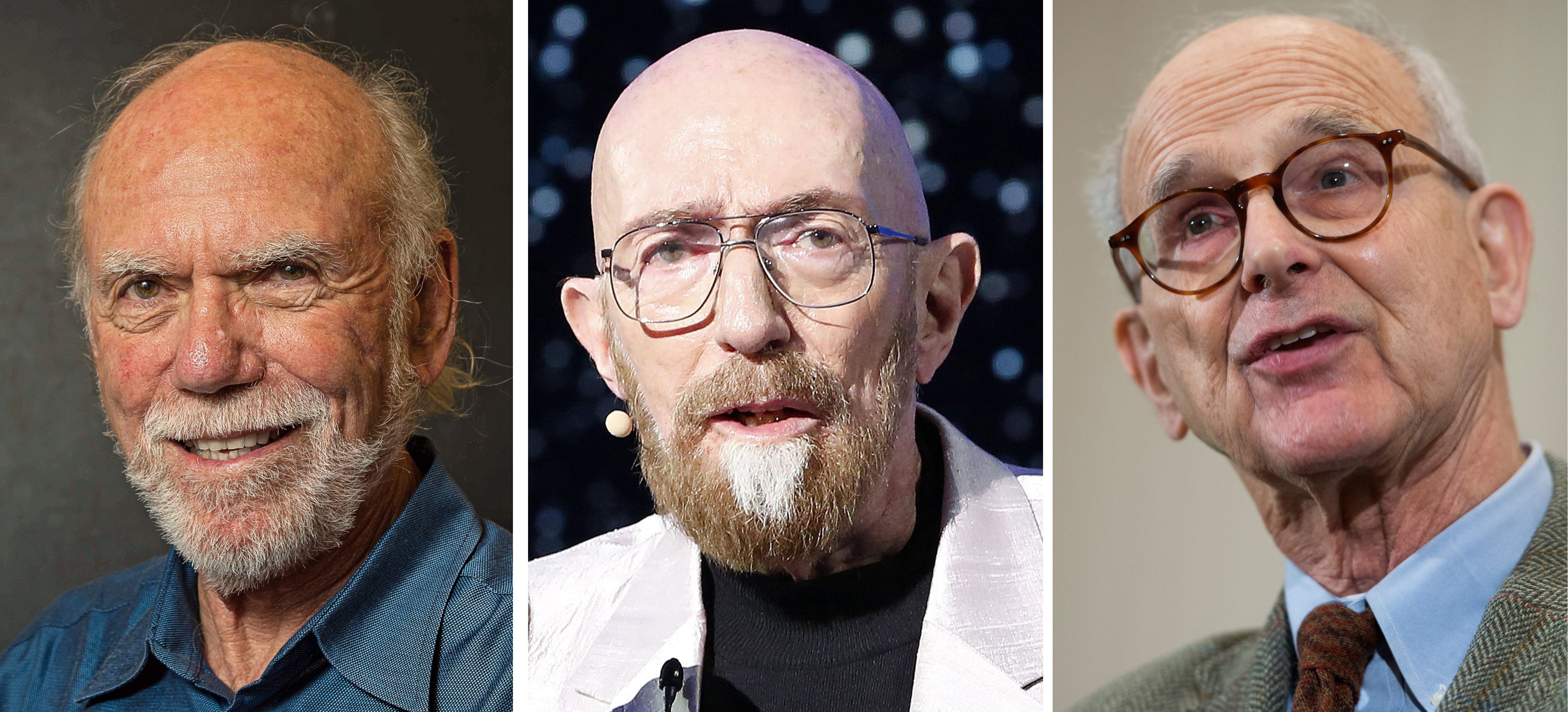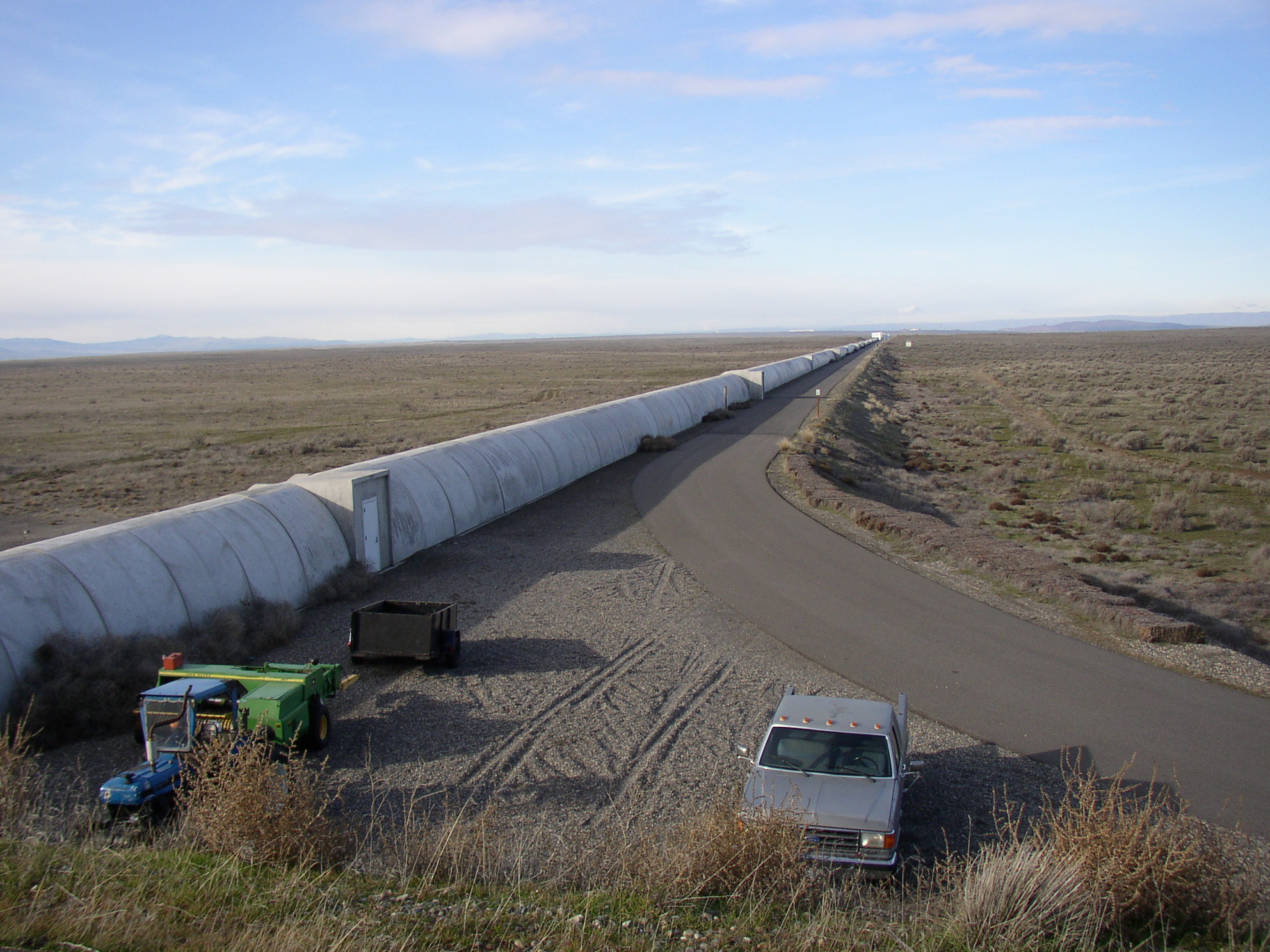Nobel Prize in Physics Recognizes the Dawn of a Whole New Kind of Astronomy
Credit to Author: Becky Ferreira| Date: Tue, 03 Oct 2017 15:22:29 +0000
The Nobel Prize in Physics was awarded on Tuesday to German physicist Rainer Weiss and American physicists Kip Thorne and Barry Barish for “for decisive contributions to the LIGO detector and the observation of gravitational waves,” according to a Royal Swedish Academy of Sciences press release.
Two black holes merge into one. Video: LIGO Lab Caltech:MIT/YouTube
Gravitational waves, or ripples in spacetime, are created by tumultuous events in our universe like the explosions of giant stars or the merging of black holes. As predicted by Albert Einstein in his 1916 general theory of relativity, these cosmic disruptions emit energy in waveforms that travel at the speed of light and warp spacetime. But because these ripples are extremely subtle, generating vibrations about 400 times smaller than a proton’s radius, Einstein was skeptical that they could ever be traced by technological means.
A century later, the discovery of gravitational waves has opened the door to a new era of astronomy, giving scientists a powerful tool to study the universe. It’s been compared to the moment Galileo looked up at the skies through a telescope 400 years ago, ushering in optical astronomy. Where light-collecting telescopes are humanity’s eyes on the cosmos, gravitational waves have been described by LIGO representatives as our ears to the universe.
Read More: Two Black Holes Ate Each Other and Rippled the Fabric of Spacetime
Physicists Thorne and Barish, both based at the California Institute of Technology, and Weiss, at the Massachusetts Institute of Technology, led the effort to demonstrate that even signals as weak as gravitational waves could be captured by human ingenuity. In 1967, Weiss sketched out the idea of using laser interferometers, devices that use laser beams as tripwires, to detect gravitational waves. Thorne developed the concept further in the 1970s, and laid the groundwork for the Laser Interferometer Gravitational-Wave Observatory (LIGO).

When this pioneering work was backed by one of the largest National Science Foundation grants in history—around $1.1 billion—LIGO was born. In 1994, Barish became the laboratory’s director.
LIGO consists two detectors located in Hanford, Washington and Livingston, Louisiana. These advanced twin facilities with L-shaped vacuum tunnels contain laser interferometers that stretch for 2.5 miles (4 kilometers) for each arm. LIGO’s first operational run, from 2002 to 2010, didn’t yield any results. But after an engineering upgrade and a rebranding as Advanced LIGO, the facility began a new survey that resulted in the first detection of a gravitational wave, created by two merging black holes 1.3 billion years ago, which rippled through LIGO on September 14, 2015. This breakthrough was announced with much-deserved fanfare in February 2016.
There’s no doubt this team deserved the Nobel Prize in Physics for their discovery, which opened a whole new way to observe the universe. Even so, it’s hard not to feel some disappointment that, once again, no female scientists were awarded.
The Nobel Prize in Physics is arguably the most prestigious and high-profile of the Nobel awards—it’s been awarded to Albert Einstein, Niels Bohr, and Richard Feynman. Yet it has only been awarded to two women in its 116-year history: Marie Curie, who was honored in 1903 for her work on radiation, and Maria Goeppert Mayer, in 1963, for her discoveries around nuclear shell structure.

Many female scientists who richly deserved the prize, like physicist Vera Rubin. Her observations of the Andromeda galaxy and its unusual rotation suggested the presence of dark matter, yet she was never named. (Rubin died in 2016, and the Nobel Prize is not awarded posthumously, so it’s too late for her to be awarded now.)
According to protocol, a maximum of three people can win the prize. However, as Weiss emphasized in his response to the award, the Nobel unofficially recognizes the labor of thousands, including many women, who have worked to make LIGO a reality. The observatory has now captured three additional gravitational waves, putting the total confirmed count at four. There is every reason to expect these discoveries will accelerate in the coming years, especially since a third detector—the Advanced Virgo facility near Pisa, Italy—announced the capture of its first gravitational wave last week.
It’s mind-boggling to reflect that 100 years after Einstein first predicted the existence of gravitational waves, LIGO scientists announced that they had successfully detected one passing through its observatory. One can only imagine what the next 100 years will bring for this brave new field of science.
Get six of our favorite Motherboard stories every day by signing up for our newsletter.